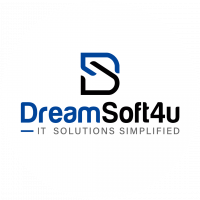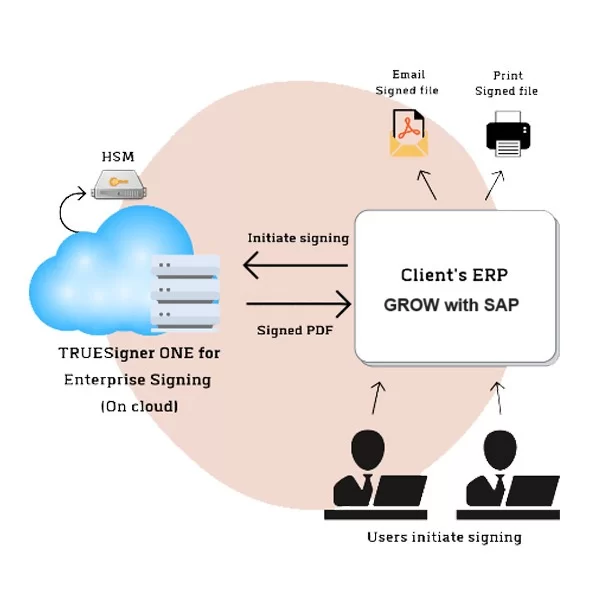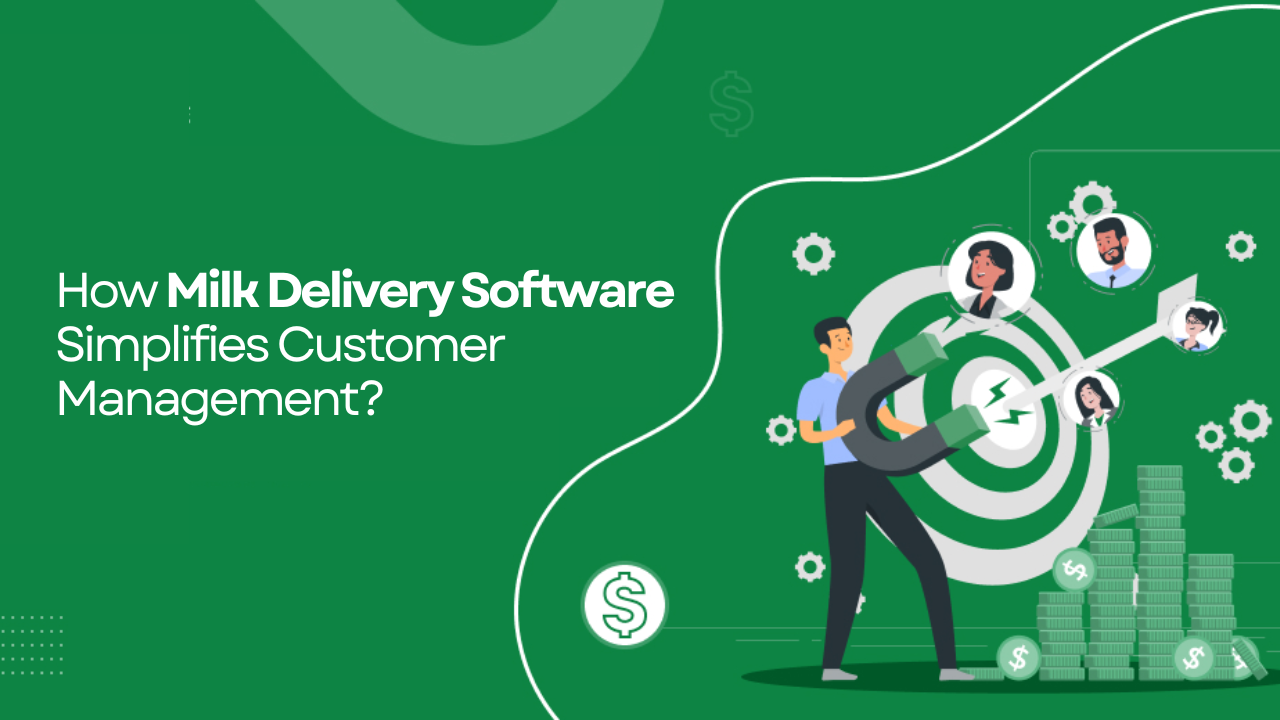Top 10 Features to Look for in an EDI Software Solution

Strong 8k brings an ultra-HD IPTV experience to your living room and your pocket.
In today’s digital-first world, businesses are under immense pressure to optimize operations, reduce costs, and improve partner communication. EDI Software Solutions have emerged as the backbone of digital transformation, enabling secure and standardized data exchange across systems and partners through electronic data interchange. From healthcare EDI to supply chain automation, the scope and relevance of EDI systems are expanding fast.
However, not all EDI solutions are created equal. The right EDI tool can make a monumental difference in efficiency, compliance, and collaboration. Whether you're integrating with EMR software solutions, EHR software solutions, or simply looking to enhance B2B integration, this guide outlines the top 10 must-have features in a modern EDI software solution.
1. Robust EDI Integration Capabilities
EDI integration is the cornerstone of any EDI software. The solution should easily integrate with your existing systems—whether it’s an ERP, CRM, or healthcare management platform.
Look for:
- Pre-built connectors for platforms like SAP, Oracle, Epic, or Salesforce.
- APIs and custom connectors for legacy system integration.
- Compatibility with cloud and on-premise environments.
Why it matters: Seamless integration eliminates the need for manual data entry, ensuring accuracy and boosting speed across operations.
2. Comprehensive Standards Support (X12, EDIFACT, HL7, etc.)
A powerful EDI solution must support multiple electronic data interchange standards used globally and across industries.
Key formats to support:
- ANSI X12 (common in the US, especially for healthcare EDI)
- EDIFACT (international B2B)
- HL7 (critical for EMR/EHR software solutions)
- XML and JSON for modern digital workflows
Why it matters: Supporting multiple standards ensures compatibility with global trading partners, healthcare providers, and government agencies.
3. Real-Time Data Processing and Automation
Modern businesses demand real-time responsiveness. Your EDI software should:
- Automate document exchange (invoices, POs, shipment notices)
- Offer real-time tracking and status updates
- Provide alerts for errors or missing data
Why it matters: Real-time automation significantly improves your supply chain automation and customer service while reducing delays and manual corrections.
4. Scalable Architecture for Growing Business Needs
As your business expands, your EDI system must keep pace. Choose a solution that offers:
- Cloud-native scalability
- Load balancing for peak transaction times
- Modular architecture for easy upgrades
Why it matters: Scalable EDI platforms allow you to add new trading partners or increase transaction volume without reengineering your infrastructure.
5. Preconfigured Templates for Quick Deployment
Not every organization has an in-house EDI expert. Look for:
- Prebuilt EDI document templates (e.g., 850 Purchase Orders, 810 Invoices)
- Workflow automation tools
- Visual mapping tools for business analyst
Why it matters: These features enable faster onboarding of partners and quick deployment of EDI integration, saving time and money.
6. End-to-End Visibility and Reporting
Transparency is key in complex EDI ecosystems. Your software should offer:
- Dashboard-based monitoring of document flow
- Audit trails and logs for compliance
- Custom reports and analytics
Why it matters: With complete visibility into your transactions, errors are detected and resolved quickly, ensuring smoother B2B integration and operational efficiency.
7. Strong Security and Compliance Features
With sensitive data at stake, especially in healthcare EDI, your software must:
- Support data encryption in transit and at rest
- Ensure role-based access control
- Be compliant with HIPAA, GDPR, and other regional data protection laws
Why it matters: Data breaches and compliance violations are costly. Secure EDI platforms protect your reputation and your bottom line.
8. Support for EMR and EHR Software Solutions
In the healthcare sector, integrating with EMR software solutions and EHR software solutions is a non-negotiable feature.
Ensure your EDI solution:
- Supports HL7 and FHIR standards
- Enables secure patient data exchange with payers and providers
- Automates claims processing, eligibility checks, and remittance advice
Why it matters: EDI that supports EMR/EHR integration enhances interoperability and streamlines patient care and billing workflows.
9. Multi-Industry Support for B2B Integration
Whether you operate in healthcare, retail, logistics, or manufacturing, your EDI software should adapt.
Look for:
- Industry-specific compliance tools (e.g., FDA, HIPAA, GS1)
- Custom workflows for order-to-cash, procure-to-pay cycles
- Role-based dashboards for finance, logistics, and operations
Why it matters: A flexible solution supports both healthcare EDI and supply chain automation, making it future-ready for diverse use cases.
10. 24/7 Technical Support and Managed Services
Even the best EDI tools encounter issues. Ensure your vendor provides:
- 24/7 technical support via chat, phone, and email
- Proactive monitoring and managed EDI services
- Onboarding and training assistance
Why it matters: Quick resolution of issues prevents data loss, partner dissatisfaction, and business disruption.
The Role of EDI in Modern Healthcare and Supply Chains
In Healthcare
With the growing adoption of digital health records and telemedicine, healthcare EDI ensures:
- Secure, standardized communication between payers, providers, and pharmacies
- Faster claims approvals and reduced paperwork
- Improved patient experience and administrative efficiency
Whether you're a medical practice, hospital, or healthtech provider, aligning your EDI solution with EMR and EHR software solutions is crucial.
In Supply Chain and Logistics
In industries driven by fast-moving inventories, EDI accelerates:
- Automated order processing
- Shipment status updates
- Real-time inventory and billing
Supply chain automation becomes a competitive advantage when EDI solutions reduce delays and errors in the procure-to-pay process.
Choosing the Right EDI Software Provider
When selecting your EDI software solution, don’t just look at the feature list. Consider:
- Vendor experience in your industry (healthcare, logistics, retail, etc.)
- Ability to provide both on-premise and cloud options
- Availability of APIs for custom integration
- Client testimonials and reviews
- Total cost of ownership (TCO), including setup, training, and support
Conclusion
The modern business ecosystem thrives on speed, accuracy, and collaboration. Investing in robust EDI software solutions is no longer optional—it’s a necessity. Whether you're a hospital syncing data with payers, or a logistics firm exchanging invoices with suppliers, the right EDI platform enables seamless electronic data interchange and unlocks real value through EDI integration, B2B integration, and supply chain automation.
From EMR and EHR software solutions to global trade and logistics, your EDI platform should be a strategic enabler—not just a tool. Prioritize features that scale with your needs, integrate across platforms, and offer end-to-end security and visibility.
If you’re looking for a trusted partner to implement or upgrade your EDI ecosystem, DreamSoft4u offers custom-tailored EDI software solutions built to meet the unique demands of healthcare, logistics, and multi-industry B2B environments.
Note: IndiBlogHub features both user-submitted and editorial content. We do not verify third-party contributions. Read our Disclaimer and Privacy Policyfor details.







